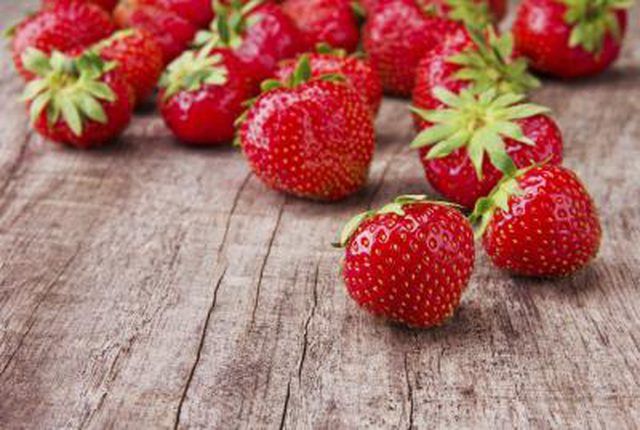Bulbs
Flower Basics
Flower Beds & Specialty Gardens
Flower Garden
Garden Furniture
Garden Gnomes
Garden Seeds
Garden Sheds
Garden Statues
Garden Tools & Supplies
Gardening Basics
Green & Organic
Groundcovers & Vines
Growing Annuals
Growing Basil
Growing Beans
Growing Berries
Growing Blueberries
Growing Cactus
Growing Corn
Growing Cotton
Growing Edibles
Growing Flowers
Growing Garlic
Growing Grapes
Growing Grass
Growing Herbs
Growing Jasmine
Growing Mint
Growing Mushrooms
Orchids
Growing Peanuts
Growing Perennials
Growing Plants
Growing Rosemary
Growing Roses
Growing Strawberries
Growing Sunflowers
Growing Thyme
Growing Tomatoes
Growing Tulips
Growing Vegetables
Herb Basics
Herb Garden
Indoor Growing
Landscaping Basics
Landscaping Patios
Landscaping Plants
Landscaping Shrubs
Landscaping Trees
Landscaping Walks & Pathways
Lawn Basics
Lawn Maintenance
Lawn Mowers
Lawn Ornaments
Lawn Planting
Lawn Tools
Outdoor Growing
Overall Landscape Planning
Pests, Weeds & Problems
Plant Basics
Rock Garden
Rose Garden
Shrubs
Soil
Specialty Gardens
Trees
Vegetable Garden
Yard Maintenance
What Fruit Has Seeds on the Outside?
What Fruit Has Seeds on the Outside?. In the fantastic world of angiosperms -- plants that flower and reproduce sexually -- millions of years have allowed vast variety of flowering and fruiting habits. Fruits shelter many seeds against predatory birds and animals until the rotten fruit falls, releasing the mature seeds. Two familiar fruits that...
In the fantastic world of angiosperms -- plants that flower and reproduce sexually -- millions of years have allowed vast variety of flowering and fruiting habits. Fruits shelter many seeds against predatory birds and animals until the rotten fruit falls, releasing the mature seeds. Two familiar fruits that apparently grow their seeds on their outsides -- strawberries (Fragaria x ananassa) and cashew apples (Anacardium occidentale) -- are more complicated than they seem.

Strawberries grow as perennials in U.S. Department of Agriculture plant hardiness zones 5 through 8, but can be treated as cool-season annuals in USDA zones 9 and 10. A June-bearing strawberry variety, "Honeoye" grows in USDA zones 4 through 9. All are ground-hugging garden plants that spread by runners. The brown "seeds" that cover the surface of the berry are achenes -- fruits that protect a tiny strawberry seed inside. The sweet red berries are swollen receptacles that emerge as the plants' five-petaled flowers fade.

Cashew apples are tropical evergreen trees. The cashew fruit grows at the end of a pear-shaped red or yellow receptacle, called an apple, that is part of the plant's stem. The fruit encases the nut in two hard covers and a layer of acrid liquid, but the entire case is planted to grow a new tree. Cashew trees grow only in the frost-free climates of USDA zones 11 through 12. They require daytime temperatures above 50 degrees Fahrenheit and 40 F at night, so they require shelter in cooler zones.
